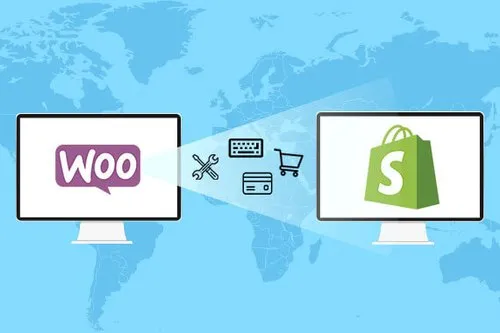A vertical market refers to a specialized business ecosystem focused on serving specific industries or customer segments with tailored solutions. Unlike horizontal markets that cater to broad audiences, vertical markets concentrate on niche sectors like healthcare IT, agricultural robotics, or legal tech softwares. 68% of high-growth companies operate in vertical markets by 2025.

Key Components of Vertical Markets
- Industry-specific solutions
- Tailored compliance frameworks
- Specialized distribution channels
- Domain-specific expertise requirements
Why Vertical Market Strategies Drive Business Success
Vertical market penetration offers distinct advantages for businesses pursuing niche market strategies:
Competitive Advantages in Specialized Markets
1. Higher Profit Margins: Vertical specialists command 22% premium pricing on average
2. Reduced Competition: 43% narrower competitor landscape vs horizontal markets
3. Enhanced Customer Retention: 68% repeat purchase rate in vertical markets
Identifying Your Vertical Market Opportunity
Implement this 4-step framework to pinpoint viable vertical markets:
1. Market Analysis Framework
| Factor | Analysis Tools |
|---|---|
| Market Size | IBISWorld Reports |
| Growth Rate | Statista Industry Forecasts |
| Pain Points | Customer Journey Mapping |

2. Emerging Vertical Market Trends (2025-2030)
- AI-powered vertical SaaS platforms
- Blockchain in pharmaceutical supply chains
- Climate-specific agritech solutions
Building a Vertical Market Strategy: Actionable Steps
Product Development Essentials
- Conduct deep customer needs analysis
- Develop industry-specific feature sets
- Integrate vertical compliance protocols
Vertical Marketing Strategies
- Account-Based Marketing (ABM) campaigns
- Industry-specific content marketing
- Niche trade show participation
Overcoming Vertical Market Challenges
Regulatory Compliance Checklist
- Industry certification requirements
- Data protection standards
- Export control regulations

Future-Proof Your Vertical Market
Prepare for these key developments:
2025 Vertical Market Predictions
- 35% increase in vertical cloud solutions
- AI-driven vertical marketplaces
- Hyper-specialized service ecosystems
Vertical market success requires continuous adaptation to industry-specific technological shifts and regulatory changes. Companies that master vertical specialization while maintaining operational flexibility will dominate their niches through 2030 and beyond.



